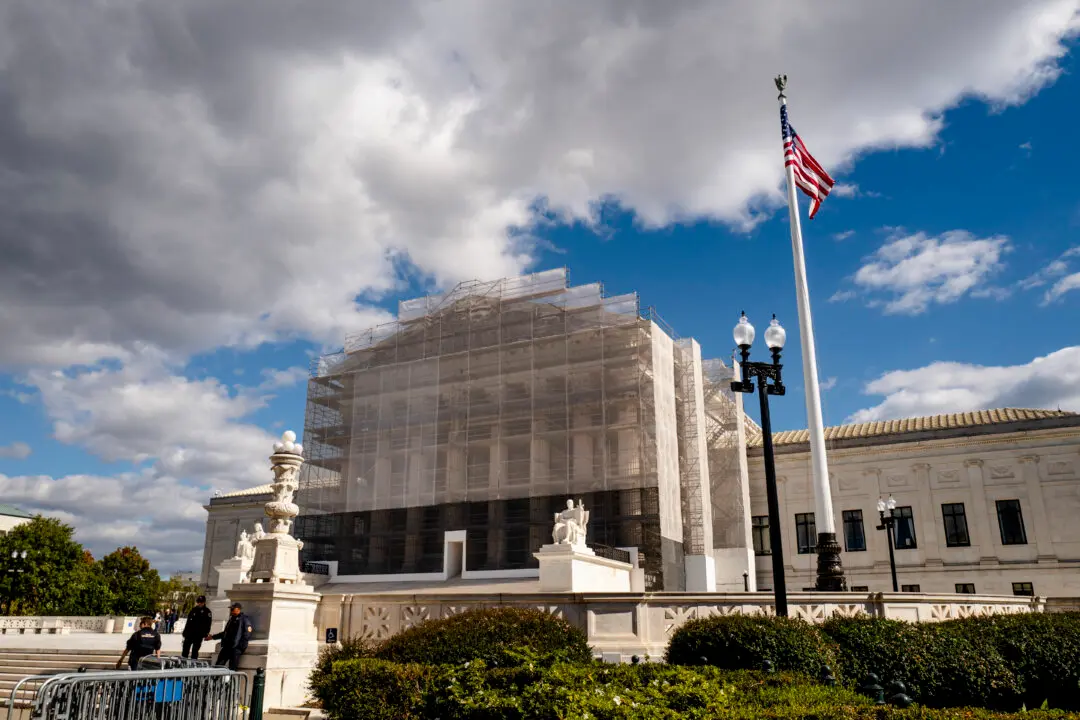Commentary
House Speaker Kevin McCarthy has announced an impeachment inquiry into the conduct of President Joe Biden. “Impeachment,” of course, doesn’t necessarily mean removal from office. Impeachment is the House of Representatives’ formal accusation, much like a criminal indictment. The Senate tries the case and decides whether to convict and remove.





